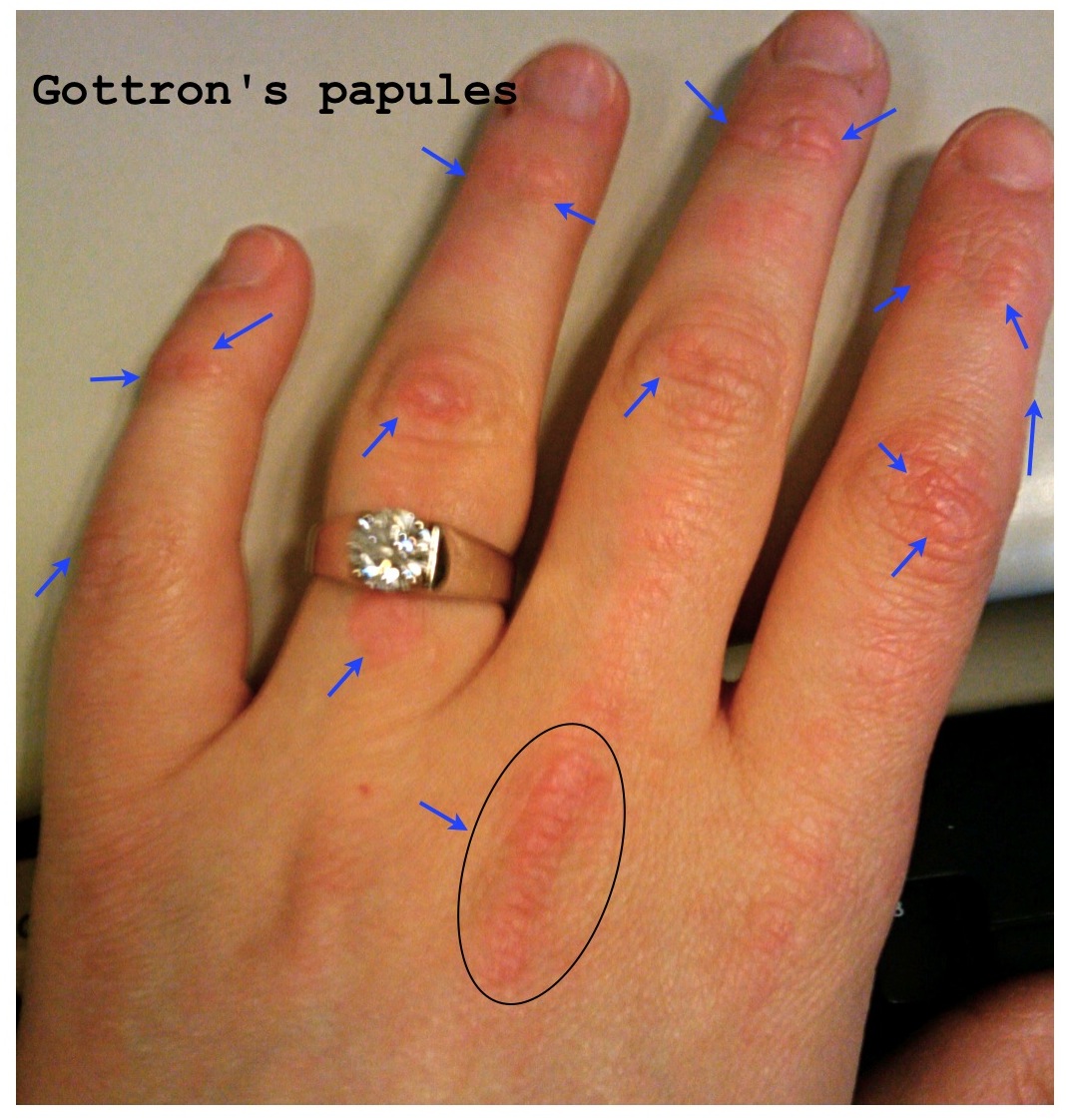Sun Bumps Skin Rash? Understanding & Treating Post-Sun Skin Irritations
Have you ever noticed small, itchy bumps appearing on your skin after a day in the sun? This common skin reaction can be irritating and sometimes alarming. While a mild sunburn is readily recognizable, these tiny bumps present a different kind of post-sun skin issue. Understanding what causes these little bumps on skin after sun, how to treat them, and how to prevent future occurrences can greatly improve your enjoyment of the outdoors.
These post-sun skin irritations can manifest in various ways. Some experience tiny, clear, fluid-filled blisters, while others might develop small, red, itchy bumps. This reaction can range from a mild nuisance to a more widespread and uncomfortable rash. This article will delve into the potential causes of these skin bumps after sun exposure, explore effective treatments, and offer practical prevention strategies.
Several factors can contribute to the development of small bumps on skin after sun exposure. Sun sensitivity, also known as photosensitivity, can play a significant role. Certain medications, skincare products, and even some foods can increase the skin's susceptibility to the sun's rays, leading to reactions like these bumps. Additionally, heat rash, also called prickly heat, can develop when sweat ducts become blocked, trapping perspiration under the skin. This can result in small, itchy bumps, especially in areas covered by clothing.
Another potential culprit for post-sun bumps is polymorphous light eruption (PMLE). This skin condition is triggered by sun exposure and typically appears as an itchy rash within hours or days of being in the sun. While the exact cause of PMLE is unknown, it's thought to be an immune system reaction to sunlight. Distinguishing between these various conditions can be tricky, but understanding the characteristics of each can help you seek appropriate treatment.
Dealing with these post-sun bumps can be frustrating, but several remedies can offer relief. Cool compresses can help soothe irritated skin and reduce inflammation. Over-the-counter hydrocortisone creams can also provide itch relief. For more severe reactions, a doctor may prescribe stronger topical steroids or oral medications. Preventing these bumps in the first place, however, is often the best approach.
Protecting your skin from excessive sun exposure is paramount. Always apply a broad-spectrum sunscreen with an SPF of 30 or higher, even on cloudy days. Reapply every two hours, especially after swimming or sweating. Wearing protective clothing, such as long-sleeved shirts and wide-brimmed hats, can also shield your skin from harmful UV rays. Seeking shade during peak sun hours can further minimize your risk of developing post-sun skin irritations.
Advantages and Disadvantages of Home Remedies for Sun Bumps
| Advantages | Disadvantages |
|---|---|
| Often readily available and inexpensive | May not be effective for severe reactions |
| Can provide quick relief from itching and inflammation | Some remedies may cause further irritation if used improperly |
Frequently Asked Questions:
1. What are these small bumps on my skin after sun exposure? They could be a reaction to sun sensitivity, heat rash, or polymorphous light eruption. Consult a doctor for a diagnosis.
2. How can I treat these bumps? Cool compresses, hydrocortisone cream, and avoiding further sun exposure can help.
3. How can I prevent these bumps? Use sunscreen, wear protective clothing, and seek shade.
4. Are these bumps contagious? Generally, no. However, if the bumps are due to an infection, they may be contagious.
5. When should I see a doctor? If the bumps are severe, painful, or accompanied by fever, see a doctor.
6. Can I still go swimming with these bumps? Avoid swimming in chlorinated or salt water until the bumps heal.
7. Will these bumps leave scars? Typically, no. However, scratching can lead to scarring.
8. Can certain foods make me more sensitive to the sun? Yes, some foods like celery and limes can increase sun sensitivity.
Tips and Tricks: Avoid using scented lotions or soaps on irritated skin. Keep the affected area clean and dry. Avoid tight clothing that can rub against the bumps. Consider using aloe vera gel for its soothing properties.
In conclusion, developing small bumps on skin after sun exposure is a common experience. Recognizing the potential causes, understanding treatment options, and implementing preventative measures can significantly reduce your risk and improve your comfort. Protecting your skin from excessive sun exposure is crucial for maintaining its health and preventing long-term damage. While home remedies can often provide relief for mild reactions, it's essential to consult a dermatologist if you experience severe or persistent skin irritations. By prioritizing sun safety and being mindful of your skin's unique needs, you can enjoy the sun's warmth without the discomfort of post-sun bumps and rashes. Don't let these small irritations diminish your enjoyment of the outdoors. Be proactive in protecting your skin, and seek professional guidance when needed. Your skin will thank you for it.
Criminologist tattoo designs in tulsa
California state employee paydays decoded
Decoding nc scratch off odds uncovering remaining prizes










/MiliaWhiteBumpsonSkinVchalGettyImages-5abc7a0a3418c60036fcda8a-a6b19a05a8da4f20b604f2983bc53801.jpg)


